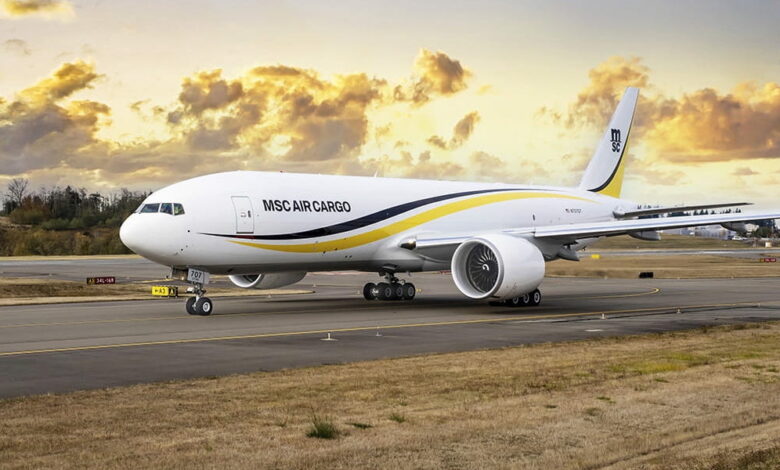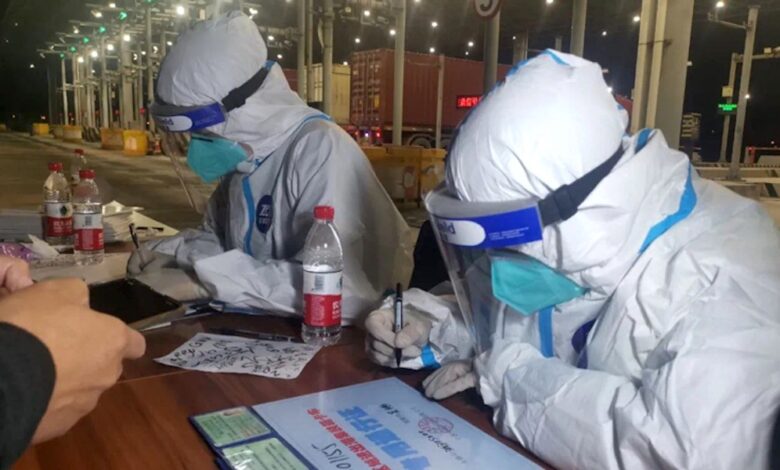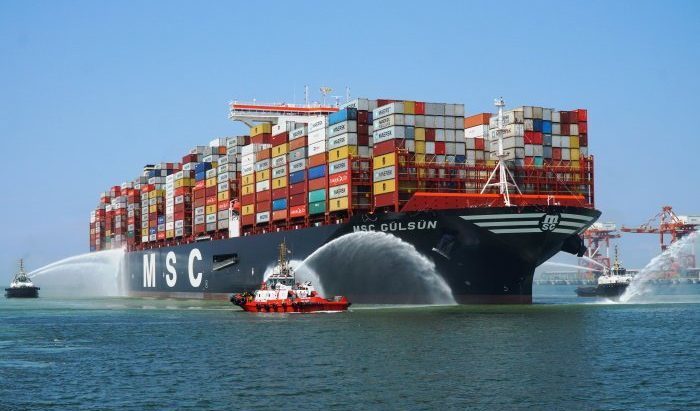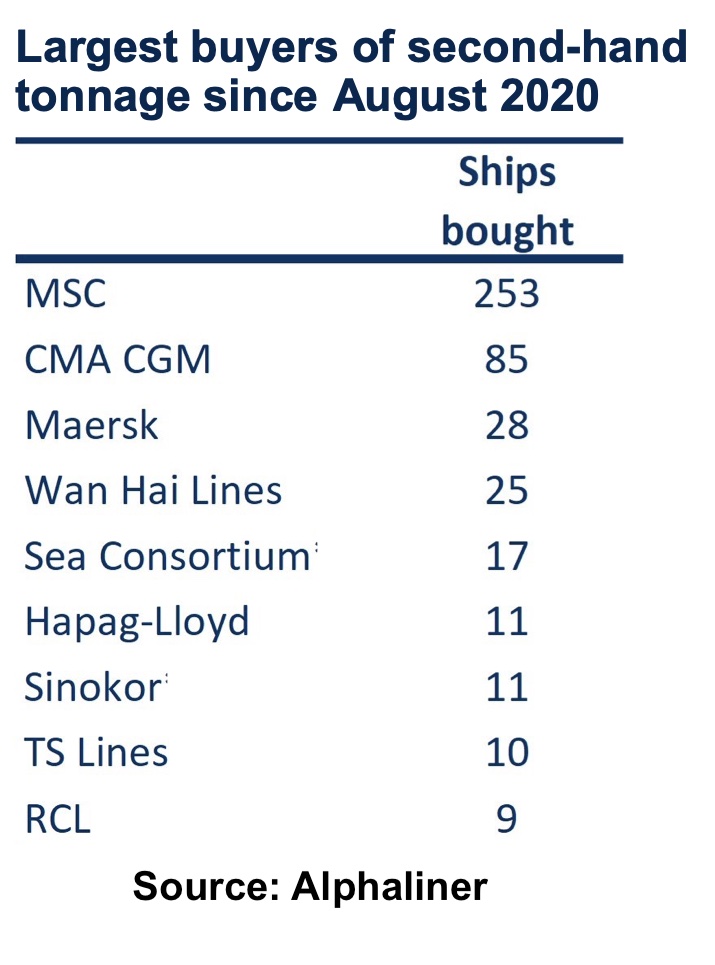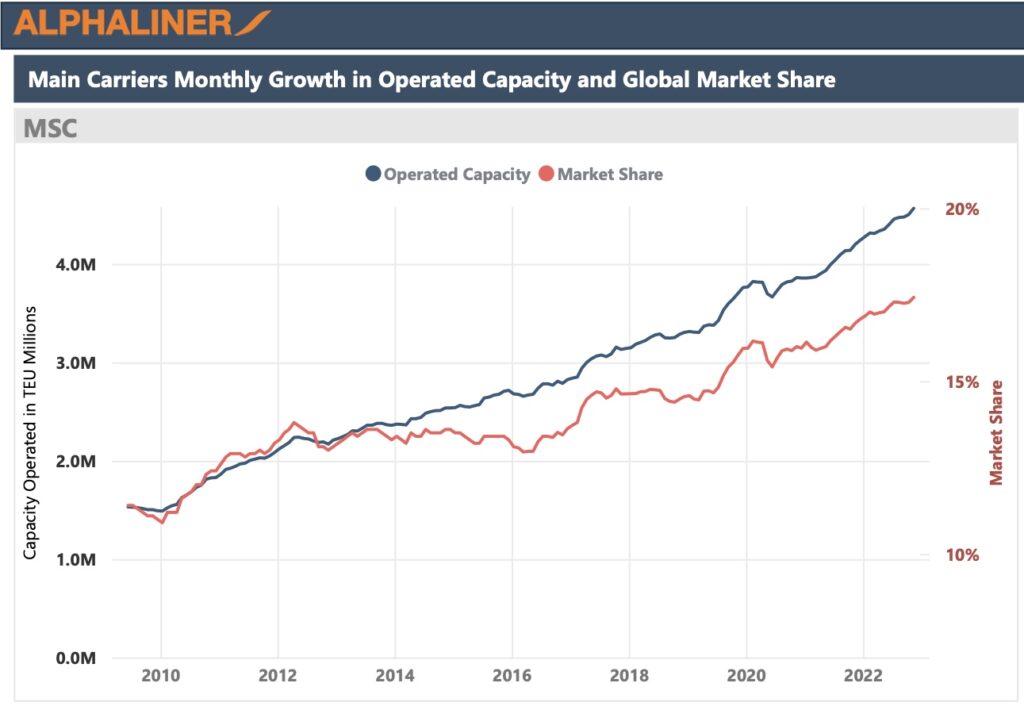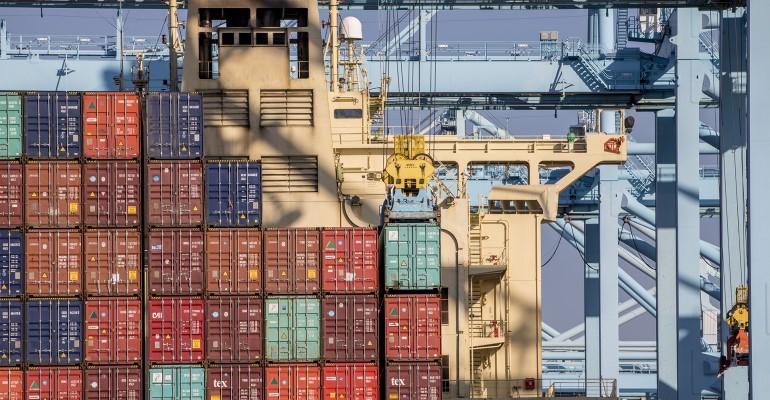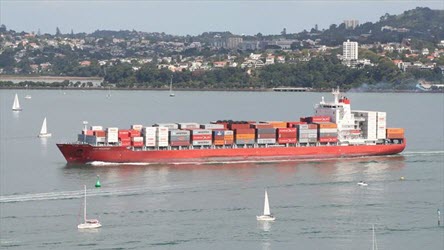India’s finished steel imports from Russia hit 4-year high in April-October
in Freight News 30/11/2022
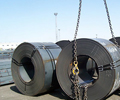
India’s finished steel imports from Russia during April-October rose to their highest in at least four years, government data compiled by Reuters showed, underscoring Moscow’s bid to divert shipments in the wake of Western sanctions.
Russia’s steel exports to India reached 149,000 tonnes in the first seven months of the current fiscal year that began in April, up from around 34,000 tonnes shipped a year earlier.
Russia accounted for just about 5% of India’s total steel imports but was among the top five exporters.
India’s total steel imports between April and October stood at 3.2 million tonnes, up 14.5% from a year earlier. South Korea exported 1.3 million tonnes to India, accounting for a 41% share of the country’s total purchase.
Between April and October, India emerged as a net exporter of steel, even as overall shipments more than halved due to an export tax and a slowdown in global demand.
Earlier this month, India scrapped the export tax levied on some steel intermediates, reviving expectations of a turnaround in exports.
JSW Steel Ltd, India’s largest steelmaker by capacity, said six to seven distressed Russian steel shipments arrived during the current fiscal year. Other than buying large quantities of steel from Russia, Indian firms have also been importing coking coal from Moscow.
Indian steelmakers have so far imported record 5-6 million tonnes of Russian coking coal in 2022/23, compared with less than 2 million tonnes last year.
Source: Reuters (Reporting by Neha Arora; Editing by Mayank Bhardwaj and Subhranshu Sahu)

